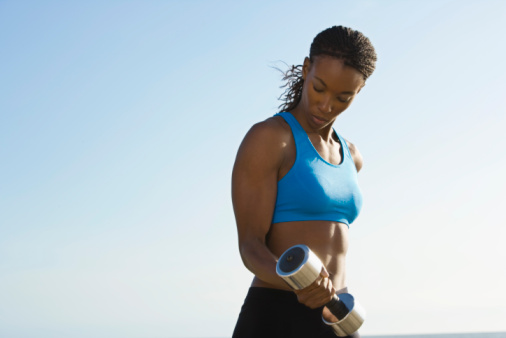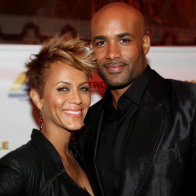
I was never the girl who worried about bulking up. My friends, however, were. As self-proclaimed cardioholics, they preferred to jog their way to weight loss, grabbing a set of Tinkerbelle-size weights a few minutes before cool down.
As a beginner I usually matched their five-pound max, but group classes were my reawakening. In grad school, buff instructors told us to grab two sets of weights: one five pounds, the other eight. After a few years of side-stepping and jumping jack warm-ups, followed by set upon set of weighted squats, lunges, and leg lifts, I was transformed. Being toned felt great, and making it through a 45-minute session with 16 LB’s (okay, okay, 8 in each hand) felt even better.
Recently I joined a new gym and heard another take on the weight debate. At the beginning of class the instructor told us all to grab two sets of weights. I headed over, grabbed a five-pound set and looked around for the eights. There were none. “Grab the threes,” the instructor said. “Light weights tone. We need to work in the five pounds a little, but we don’t want to bulk up like men.” Really? Personally, I prefer a little bulk. Still I couldn’t help but wonder, bias aside, what’s the recommended dumbbell weight for women?
While there appears to be no hard-and-fast rule, five pounds is generally noted as a good starting point for women (which usually translates to eight to ten Lbs. for guys). Green to the gym game? You might want to go light and start with two to three pounds. Elite athlete? Tack on the weight. Whether you’re a newbie or an old hand, some steadfast rules still apply.
The weights you choose should be based on a few factors:



